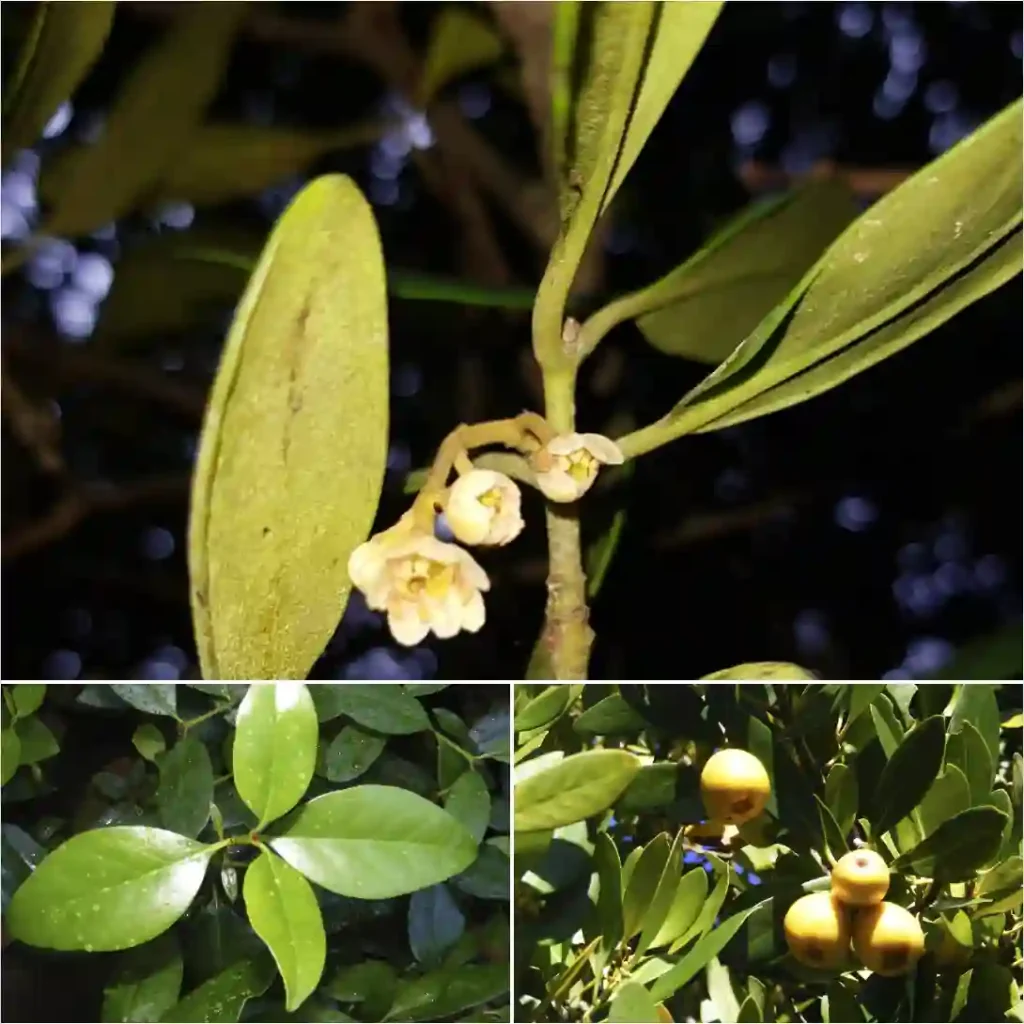Parkinsonia: A Thorny Affair
My name is Ferb Vu, and I’ve always been fascinated by the resilience of desert plants. The way they thrive in harsh conditions, their unique adaptations, and their stark beauty. Among them, the Parkinsonia genus holds a special place in my heart. These trees and shrubs, with their vibrant green bark and delicate leaves, are a testament to nature’s ability to flourish even in the most challenging environments.
The Parkinsonia genus, belonging to the Fabaceae family (also known as Leguminosae), is comprised of around 14 species. They are native to semi-desert regions of Africa and the Americas, where they’ve adapted to survive intense heat and limited water availability. Their distinctive green bark allows them to photosynthesize even when they lose their leaves during prolonged droughts, a clever survival tactic.
A Diverse Family Tree
- Parkinsonia aculeata: Known as the Mexican palo verde, it has thorny branches and distinctive yellow flowers and is often used in arid landscapes. – Plant FAQs: Parkinsonia Aculeata
- Parkinsonia africana: A thorny shrub or tree native to Africa, it thrives in dry, desert-like conditions and has green bark for photosynthesis.
- Parkinsonia anacantha: This thornless, woody plant is native to Argentina and is characterized by small leaves and a shrubby form.
- Parkinsonia andicola: Found in the Andean regions, it is a hardy tree adapted to higher altitudes with cooler, arid climates.
- Parkinsonia × carterae: A hybrid species with a mix of characteristics from its parent species, often featuring attractive green bark and bright flowers.
- Parkinsonia florida: Commonly known as blue palo verde, it has smooth blue-green bark and is often used as a shade tree in desert environments.
- Parkinsonia glauca: Distinguished by its bluish leaves and stems, this species is found in arid areas, providing shade and erosion control.
- Parkinsonia microphylla: Known as the foothill palo verde, it has very small leaves and green bark for photosynthesis, thriving in desert environments.
- Parkinsonia peruviana: Native to Peru, this species is adapted to dry conditions and has small, drought-tolerant leaves.
- Parkinsonia praecox: This fast-growing tree has slender, drooping branches and is often cultivated for its rapid growth and ornamental value.
- Parkinsonia raimondoi: A rare species with sparse distribution, it is adapted to arid conditions and valued for its unique growth form.
- Parkinsonia scioana: Native to the Horn of Africa, it’s well-suited to dry climates and has characteristic green bark to aid photosynthesis.
- Parkinsonia × sonorae: A natural hybrid from Sonora, this tree combines attributes of its parent species, often displaying resilience in desert conditions.
- Parkinsonia texana: Known as Texas palo verde, this hardy tree is common in southwestern U.S. landscapes for its resilience to heat and drought.
More Than Just a Pretty Face
Parkinsonia trees are not just aesthetically pleasing; they also play a vital role in their ecosystems. They provide shade and shelter for various animals, and their flowers are a valuable source of nectar for pollinators. In some regions, Parkinsonia species are used for land reclamation and to combat desertification due to their hardiness and drought tolerance.
However, some Parkinsonia species, particularly Parkinsonia aculeata, can also be invasive in certain environments. Their rapid growth and ability to spread through seed dispersal can lead them to outcompete native vegetation. This highlights the importance of careful management and understanding the ecological impact of introducing Parkinsonia to new areas.
A Personal Connection
My interest in Parkinsonia stems from a childhood memory. I grew up in a region with arid landscapes, and the sight of these trees always brought a sense of wonder. Their vibrant green bark seemed to defy the harsh conditions, and their delicate leaves provided a welcome contrast to the thorny branches.
Over the years, I’ve learned more about these fascinating plants, their ecological importance, and the challenges they face. I’ve come to appreciate their resilience and adaptability, and I believe they serve as an important reminder of nature’s ability to thrive even in the most challenging circumstances.
Whether you admire them for their beauty, their ecological role, or their ability to survive in harsh conditions, Parkinsonia trees are a testament to the wonders of the natural world. They are a symbol of resilience, adaptation, and the enduring power of life.
If i die, water my plants!



